1. Core Regulation
OSHA does not have a standalone fume hoods standard. Instead, requirements are embedded in:
29 CFR 1910.1450 – “Laboratory Standard”
This mandates fume hoods as primary engineering controls for chemical exposure.
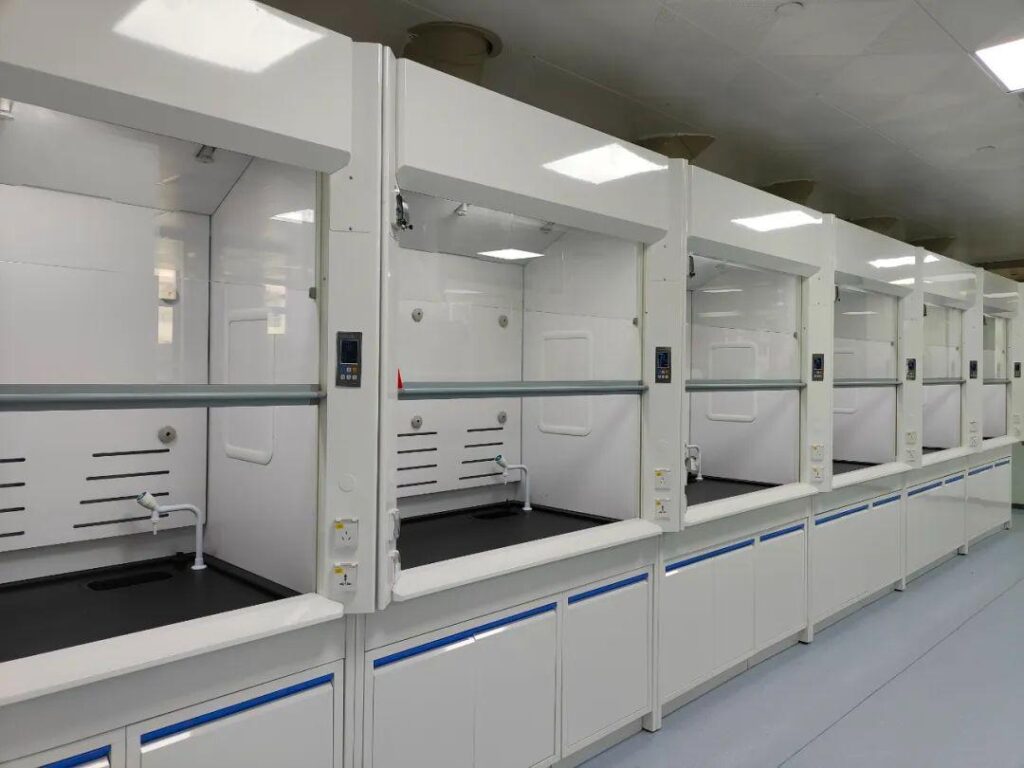
2. Critical OSHA Requirements
- Performance Validation:
✓ Fume hoods must maintain face velocity of 0.4-0.6 m/s (80-120 fpm).
✓ Annual ASHRAE 110 testing (smoke/containment tests) required.
✓ The fume hood must provide adequate ventilation, and the ventilation airflow should be uniform and turbulence-free. - Mandatory development of written plans for exposure control:
✓ Specification for use of fume hoods.
✓ Protective procedures for high-risk operations. (e.g., handling of volatile poisons)
✓ Employee training records. - Staff training:
✓ Proper use of fume hoods (no head entry, adjustable door height)
✓ Emergency response procedures (e.g. abnormal drop in wind speed) - Maintenance log:
✓ Wind speed test data (kept for ≥ 5 years)
✓ Deflector cleaning records (at least 1 time per quarter) - If the fume hood fails, it must be provided:
✓ Spare ventilation equipment
✓ Respiratory protective equipment (e.g., NIOSH-approved N95 mask)

3. Industry Standards Cited by OSHA Highlights
Although OSHA does not directly specify technical parameters, it does mandate compliance with authoritative industry standards:
| Standard | Regulatory Content | OSHA Effectiveness |
|---|---|---|
| ANSI/ASHRAE 110 | Surface Air Velocity Uniformity & Pollutant Control | Mandatory Adoption (29 CFR 1910.1450 Appendix A) |
| SEFA 1.2 | Material Corrosion Resistance & Structural Testing | Evidence of Compliance |
| NFPA 45 | Fire Ventilation System Design | Fire Risk Management Basis |
⚠ CONSEQUENCES OF VIOLATION: Non-compliant laboratories could face $15,625/violation (2023 OSHA penalty standard) and up to $156,259 for gross negligence.
4. Compliance Operations Checklist (OSHA Review Highlights)
- Annual Testing: ASHRAE 110 testing performed by an independent agency.
- Prohibited Actions: Storage of chemicals in cabinets (violation of 29 CFR 1910.1450(c)).
- Warning Signs: mmediate “No Use” signs for malfunctioning fume hoods.
- Exposure monitoring: Air samplers required when handling carcinogens (e.g., formaldehyde, benzene).

5. Special Scenario Requirements
- Radioactive material: OSHA 1910.1096 (fume hood exhaust filtration) is required.
- Spraying operations: OSHA 1910.107 (forced downdraft ventilation) applies.
- Biosafety: overlay CDC-NIH “BMBL” protection code.
6. Specific applications
- For specialized operations, such as the use of perchloric acid, fume hoods must be specially designed (e.g., acid-resistant materials, seamless construction, and flushing systems) to prevent hazards such as explosive perchlorate build-up.
- Radioactive material fume hoods must be made of materials such as stainless steel, have recessed corners for decontamination, and may require HEPA or activated carbon filtration.
Compliance Alert: 2023 OSHA Issues $287,000 Penalty to California Biological Laboratory; Primary Causes Include Inadequate Fume Cabinet Face Air Velocity (0.2 m/s) and Missing Training Records. Regular maintenance and third-party certification are core measures to avoid penalties.
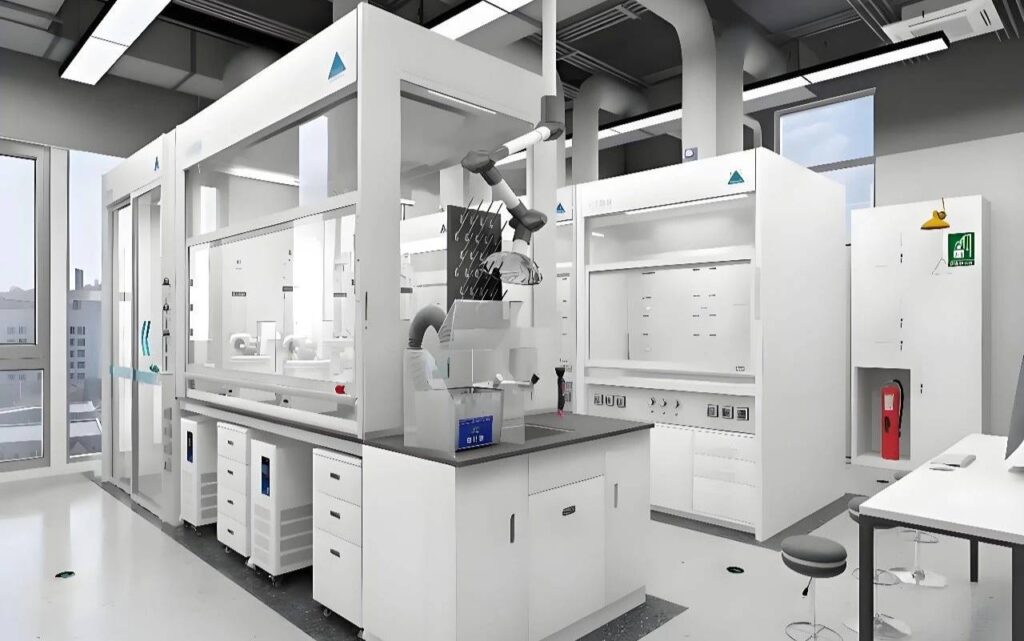
Guidelines for Authoritative Sources
- Original OSHA regulation: 29 CFR 1910.1450
- Testing Standards: ANSI/ASHRAE 110-2016
- Penalty Calculator: OSHA Penalties
Notes
- Fume hoods must be used for operations involving volatile chemicals with a Threshold Limit Value (TLV) of less than 60 ppm, or when there is a risk of toxic vapor or dust release.
- Proper use includes maintaining the sash height at the marked level (typically 12-18 inches), keeping materials 6 inches away from the sash opening, and avoiding clutter that interferes with airflow.
- Ductless fume hoods are generally not permitted for use with hazardous chemicals unless approved for specific, limited applications with quarterly exhaust monitoring.
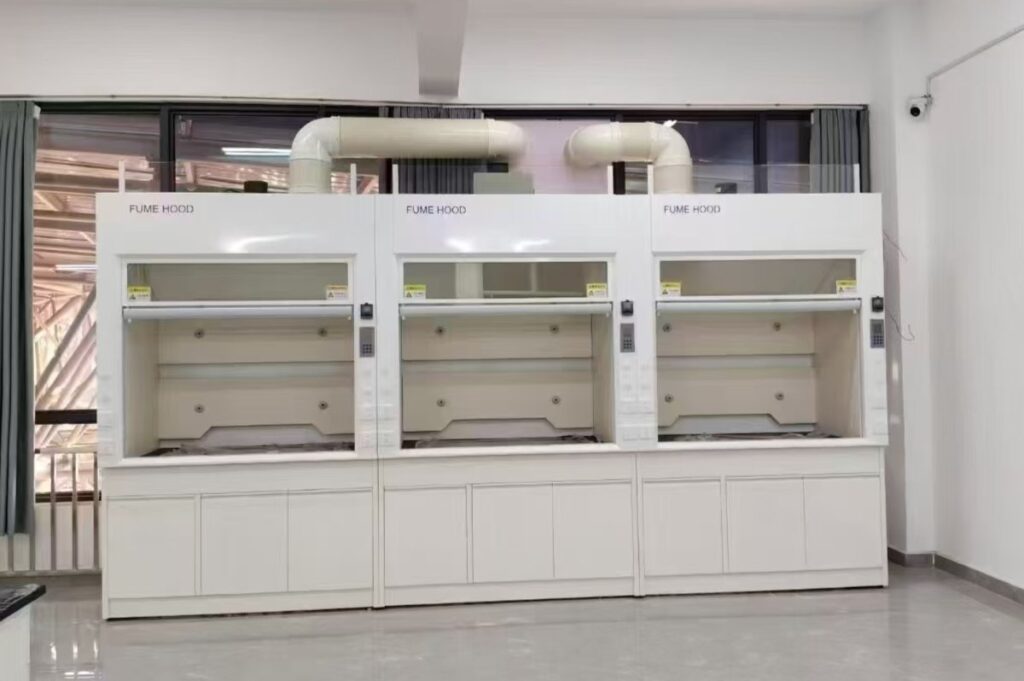
Major regulations and standards regarding fume hoods
- OSHA Part 1910.1450: OSHA stands for Occupational Safety and Health Administration. Agency regulations pertaining to the operation of fume hoods are listed in 29 CFR Part 1910.1450. The code addresses several aspects of laboratory design and operation. With respect to fume hoods, it deals primarily with airflow over surfaces, monitoring, maintenance, and venting.
- ANSI / ASHRAE 110-2016: Laboratory Fume Hood Performance Test Methods. This standard is published by the American National Standards Institute and the American Society of Heating, Refrigerating and Air-Conditioning Engineering. It focuses on methods of testing fume hoods to check their operation.
- ANSI / AIHA Z9.5: This standard is called “National Standard for Laboratory Ventilation” and is published by ANSI and the American Industrial Hygiene Association. It covers a variety of laboratory ventilation issues including fume hood monitoring, face velocity and exhaust.
- NFPA 45: This standard was prepared by the National Fire Protection Association. It recommends fume hood construction, location, fire protection, special fume hoods, identification, inspection, testing and maintenance, and exhaust.
- SEFA 1.2-2010: SEFA is the Scientific Equipment and Furniture Association for Laboratories. Its publication “Recommended Practices for Laboratory Fume Hoods” covers the design requirements for fume hoods, face velocities and testing.



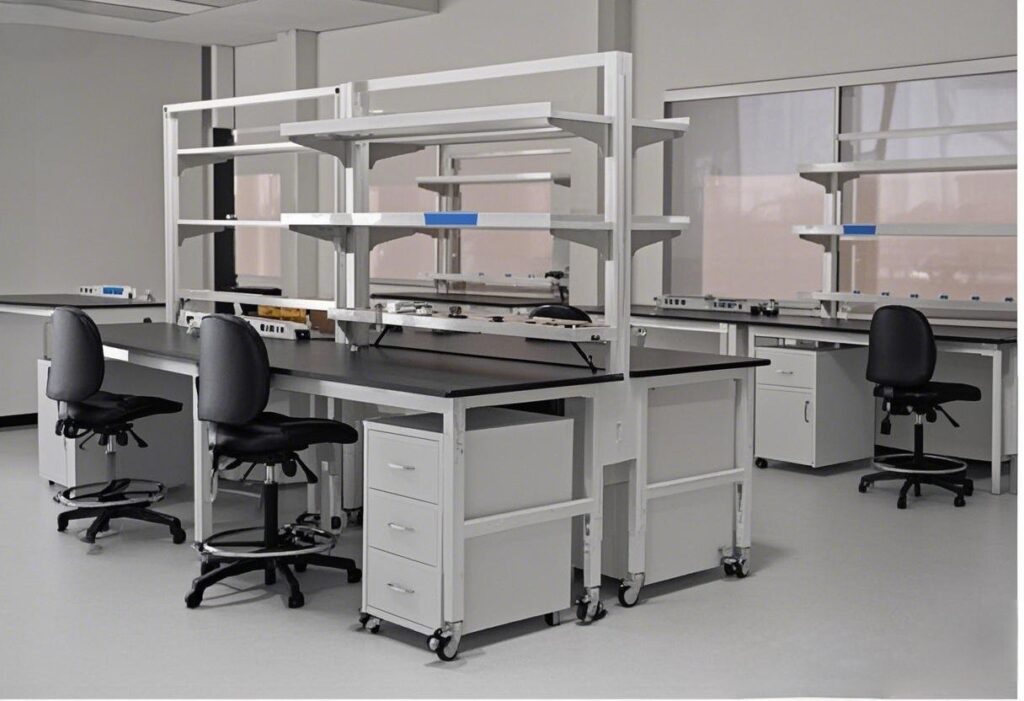
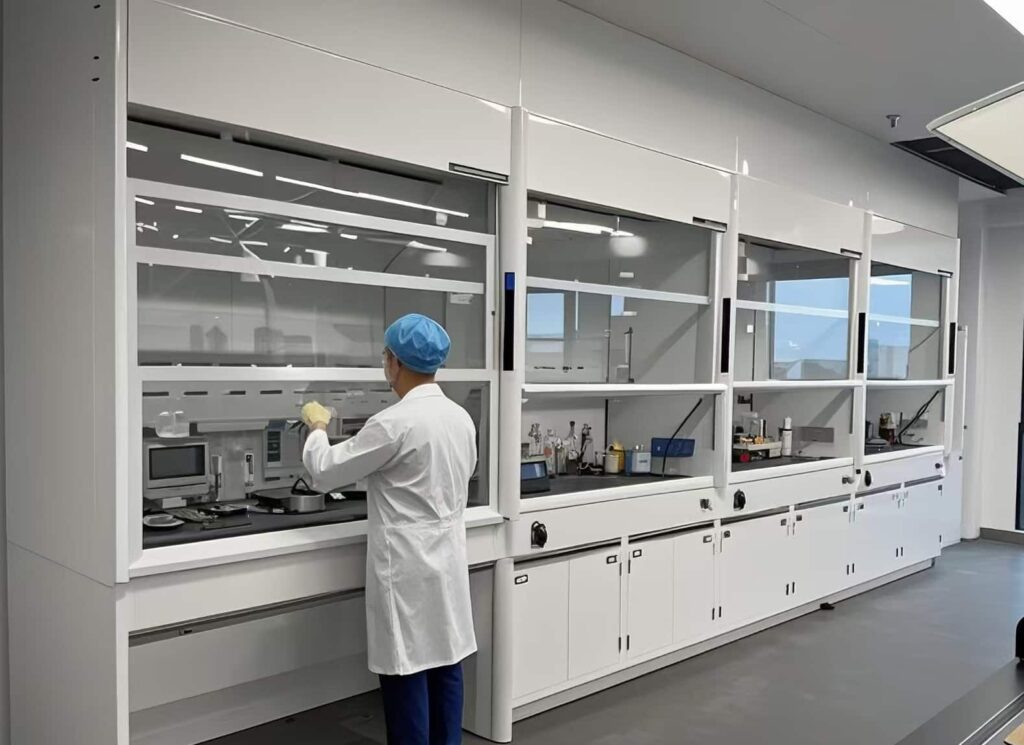
as soon as I observed this site I went on reddit to share some of the love with them.